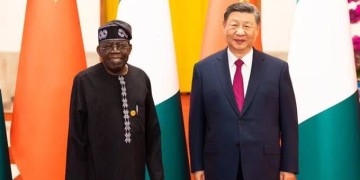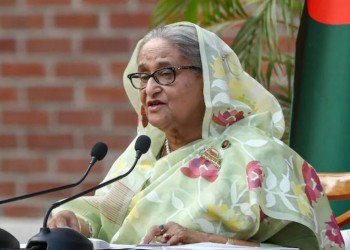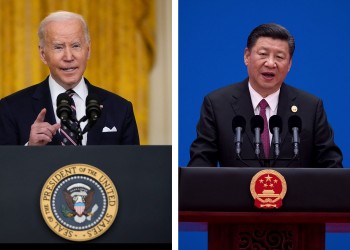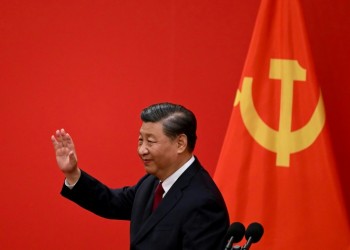Queen Elizabeth II, visited China in 1986, becoming the first British monarch to visit. During her official state visit, the Queen was given access to the Terracotta Warriors in Xi’an and toured sites such as the Great Wall, and had also received several Chinese leaders to visit Britain, the Queen made significant contributions to enhancing understanding between the Chinese and British people and expanding friendly exchanges between the two countries.


A magnolia tree was planted by Queen Elizabeth during her visit to china in the garden of the Residence of the British Ambassador in Beijing. A symbol of endurance, hope, and love, this acts as a reminder of the true value of a centuries-long bilateral relationship.

From 1841 to 1997, Hong Kong was a British colony before the city was returned to China after over 150 years. During her reign, the Queen visited Hong Kong twice, first in May 1975, followed by another trip in October 1986 with her son — now King Charles III — who was present for the handover to China in 1997.
Her first visit to the city inspired the building of Queen Elizabeth Stadium, a sports facility on Morrison Hill in Wan Chai that opened on August 27, 1980.

Before she visited the city, two venues named after the monarch were already established in Hong Kong. The first was Queen Elizabeth School at Sai Yee Street in Mong Kok, which was conceived in 1953, the same year of Queen Elizabeth II’s coronation. The school was opened in 1954 as the first government co-educational Anglo-Chinese secondary school in the city.

The other venue is Queen Elizabeth Hospital, one of the largest acute general hospitals in the city, located at Gascoigne Road in Yau Ma Tei. On March 7, 1959, Prince Philip, Duke of Edinburgh, laid the foundation stone of the hospital during his first official visit to Hong Kong as the husband of Queen Elizabeth. The hospital opened on September 6, 1963, by then-Governor of Hong Kong, Robert Black.

The UK was the first major Western country to recognize New China, the first to carry out trade with New China, and more recently, the first to apply to join the Asian Infrastructure Investment Bank.
During the State Visit of President Xi Jinping and his wife Madame Peng Liyuan to the UK in 2015, The Queen spoke fondly of her previous visit to China and the “warm and longstanding friendship” between the UK and China. The Queen talked about the privilege of being able to experience China’s rich history and culture, and of being captivated by the energy, ambition, and enthusiasm of the Chinese people.

These words epitomize the role that diplomacy at the highest possible level plays in forging the strong people-to-people and business-to-business relationships that governments seek to build.
China-UK practical cooperation has expanded from traditional areas such as trade in goods to other important sectors of financial services, science and technology, and health care, and in recent years, to emerging fields including clean energy, digital economy, green finance, and FinTech.
Another example is the exchanges of students and researchers, which have promoted the development of education and scientific research in both countries as well as enhanced mutual understanding between our two people
In 1950, the UK recognized the People’s Republic of China, the first major Western country to do so. Twenty-two years later, on 13 March 1972, the first British Ambassador to the People’s Republic of China (PRC), Sir John Mansfield Addis, met with the acting chairman of the PRC, Dong Biwu, to establish full diplomatic ties.
China expresses deep condolences over the death of Britain’s Queen Elizabeth II, adding the Queen made important contributions to expanding friendly exchanges between the two countries – Chinese Foreign Ministry spokesperson Mao Ning said.

In Hong Kong, citizens saddened by the Queen’s passing flooded the British Consulate’s social media with messages of condolences and offered flowers outside the British Consulate. Though it has been 25 years since Britain handed over Hong Kong to China, a lot of British influences still exist in the city, which includes landmarks and venues named after the Queen.













































